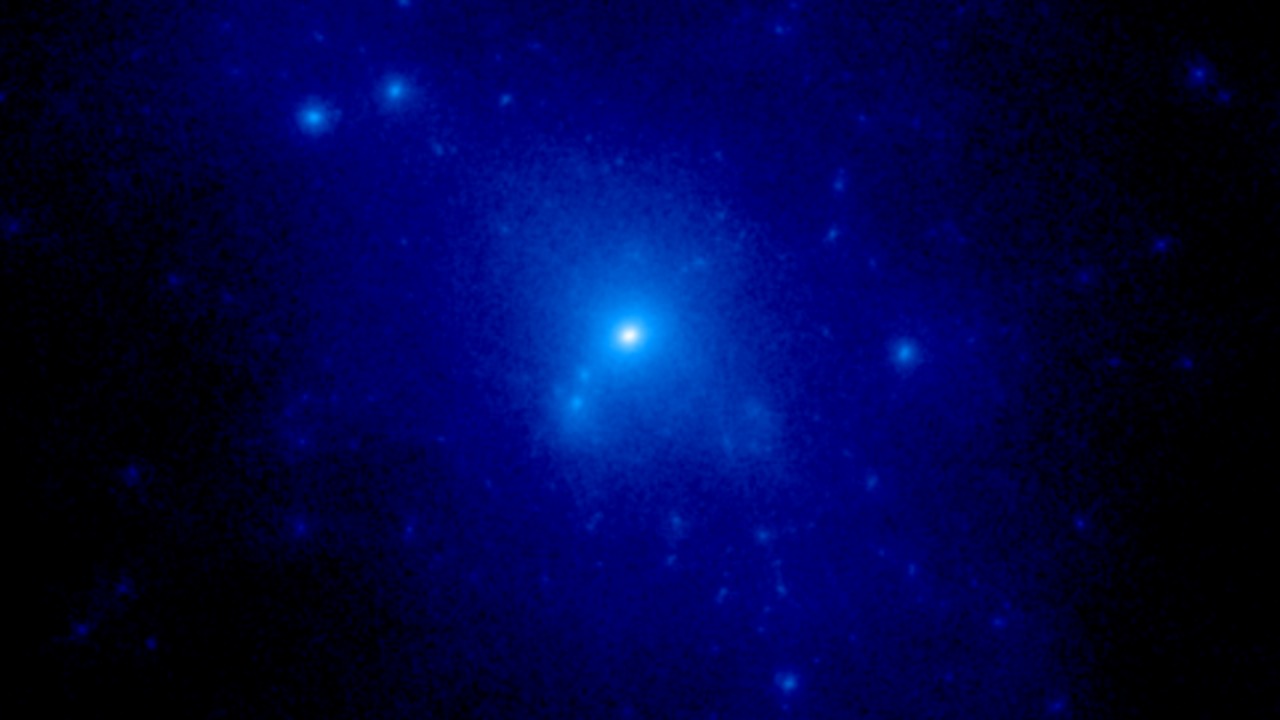
Recent studies have suggested that vortices in ultralight dark matter halos could provide new insights into the formation of cosmic structures, challenging traditional models of galaxy evolution. A follow-up study proposes that dark matter behaves like a cosmic superfluid, potentially forming vortex lines within galaxies that influence their dynamics. These findings highlight a shift toward viewing dark matter not as static particles but as a dynamic fluid medium shaping the universe’s architecture.
Ultralight Dark Matter Fundamentals
Ultralight dark matter candidates are characterized by their low mass scales, which allow for wave-like behavior in halos. This behavior, as explored in recent research, is a departure from the standard cold dark matter models, which rely heavily on particle collisions to form coherent structures like halos. Instead, ultralight dark matter can form these structures without such interactions, a significant shift in our understanding of dark matter dynamics.
Furthermore, the concept of fuzzy dark matter is closely linked to these ultralight variants. Quantum effects could potentially suppress small-scale structures in cosmic simulations, a phenomenon that has been observed in the context of ultralight dark matter. This suggests that the universe’s structure may be influenced by these quantum effects, challenging our traditional understanding of cosmic structure formation.
Superfluidity in Cosmic Contexts
Dark matter’s hypothesized superfluid state, where it flows without viscosity, is another fascinating aspect of these recent findings. This state, as proposed in a recent study, could have significant implications for our understanding of galactic dynamics. The theoretical framework for superfluid dark matter includes analogies to Bose-Einstein condensates, which are applied to galactic scales.
Moreover, the conditions under which dark matter transitions to a superfluid phase are of particular interest. For instance, low temperatures in halo cores could potentially trigger this transition. This suggests that the dynamics of dark matter could be influenced by environmental conditions within galaxies, adding another layer of complexity to our understanding of cosmic structures.
Formation of Vortex Lines
The mechanism by which angular momentum in rotating halos induces vortex lines in superfluid dark matter is a key aspect of these recent findings. The stability and evolution of these vortex lines over cosmic timescales, including their role in maintaining galactic rotation curves, could significantly influence the dynamics of galaxies.
Interestingly, the formation of vortex lines in ultralight dark matter halos has parallels to analogous phenomena in laboratory superfluids. This suggests that our understanding of superfluid dynamics in controlled environments could inform our understanding of cosmic structures, providing a bridge between laboratory physics and astrophysics.
Impact on Galaxy Dynamics
Vortex lines could potentially explain observed flat rotation curves in galaxies, as suggested by the superfluid model. Interactions between vortices and baryonic matter, such as effects on star formation rates within halos, could also play a significant role in galaxy dynamics. Furthermore, vortex instabilities could potentially disrupt galactic disks, with broader implications for cosmic structure formation.
Observational Signatures and Detection
Potential signatures of vortices in ultralight dark matter halos, such as distortions in gravitational lensing, could provide observational evidence for these phenomena. Upcoming telescope observations, including those from the James Webb Space Telescope, might be able to detect these superfluid-induced anomalies in galaxy clusters.
Indirect probes, including velocity dispersion patterns in dwarf galaxies, could also provide evidence for the existence of vortex lines in dark matter halos. These observations, combined with theoretical predictions, could significantly advance our understanding of dark matter and its role in cosmic structure formation.
Implications for Cosmic Structure Evolution
Vortices in ultralight dark matter could potentially resolve tensions in large-scale structure formation. Modifications to the cosmic web, where superfluid vortices influence filament assembly and void dynamics, could have significant implications for our understanding of cosmic structure evolution.
Furthermore, these dynamic dark matter behaviors could constrain broader cosmological parameters, such as impacts on the matter power spectrum. This suggests that our understanding of the universe’s structure and evolution could be significantly influenced by these recent findings on ultralight dark matter and superfluid dynamics.